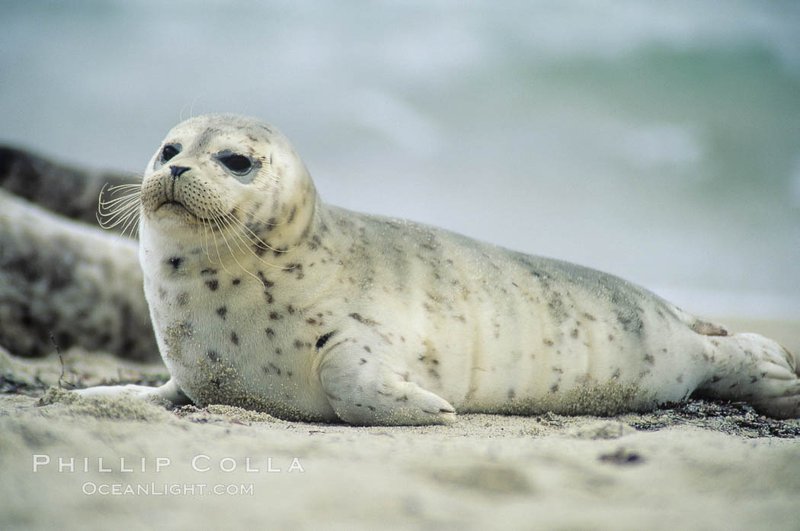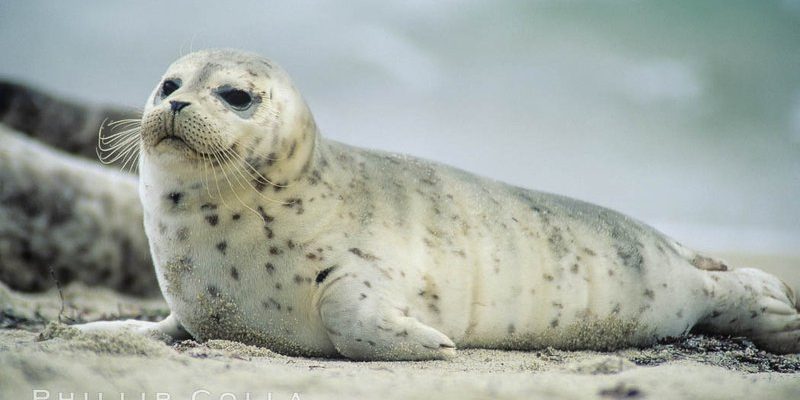
When we talk about whether harbor seals are endangered, we’re really looking at a few key factors like population numbers, habitat health, and the impacts of human activity. Just like a delicate balancing act, these seals depend on a healthy ocean and a safe environment to thrive. With climate change, pollution, and fishing practices all playing a role, it’s essential to understand where these seals stand in today’s world.
Current Status of Harbor Seals
Understanding the population status of harbor seals starts with the numbers. As of recent estimates, the harbor seal population is approximately 500,000 worldwide, with significant populations along the coasts of North America and Europe. Interestingly enough, they aren’t classified as endangered. In fact, in many areas, their populations have been stable or even increasing, thanks to conservation efforts.
However, it’s crucial to look deeper than just those numbers. Some regional populations experience challenges due to localized threats like habitat loss, disturbances from boats, and climate change. So while the overall population is doing well, certain groups of harbor seals might be facing tougher times. It’s like a big family—some members are thriving, while others may need a little extra care and attention.
Threats to Harbor Seals
Here’s the thing: harbor seals face a range of threats, and understanding them helps us protect these cute creatures.
- Climate Change: Rising ocean temperatures affect seal prey availability. Warmer waters can lead to changes in fish populations, which in turn impacts what seals can eat.
- Pollution: Oil spills, plastic waste, and chemicals can harm harbor seals directly or indirectly by contaminating their food sources.
- Human Disturbance: Boat traffic, fishing gear, and beachgoers can disrupt breeding and hauling out behavior, leading to stress and abandonment of pups.
Each of these threats can add up, creating a precarious situation for some seal populations. It’s like trying to balance on a seesaw; if one side gets weighed down too much, the whole thing tips. While many harbor seals are doing well overall, we must keep an eye on these threats to ensure their continued survival.
Conservation Efforts in Action
So, what’s being done to help harbor seals? Thankfully, conservationists, researchers, and communities are rolling up their sleeves and taking action.
One effective approach has been the establishment of protected marine areas. These zones allow seals to haul out and breed without the stress of human interference. Think of it as a safe space where they can relax and enjoy some sun without worrying about boats zooming by.
In addition, organizations are conducting research on harbor seal populations and their habitats. This research helps pinpoint which areas need more protection and what threats are most pressing. By gathering data, scientists can create informed strategies tailored to each region’s needs.
Lastly, public awareness campaigns play a vital role. Teaching people about harbor seals and their habitats can encourage responsible behaviors. When folks know not to disturb seal pupping areas or litter near the coast, it makes a big difference!
Success Stories: Where Are They Thriving?
Despite the challenges, there are places where harbor seals are really thriving. For example, the population along the West Coast of North America has seen significant growth in recent years. Thanks to conservation measures and protective laws, these seals are bouncing back.
In some areas, like the San Juan Islands in Washington State, harbor seals have become an indicator of a healthy marine ecosystem. Their population increases signal that their habitat is doing well, showcasing the positive impact of conservation efforts.
It’s important to celebrate these successes. They show us that with the right actions, we can help even the most vulnerable species find their footing again. It’s like watching a flower bloom after a long winter—it reminds us of nature’s resilience.
What You Can Do to Help
You might be wondering how you can make a difference for harbor seals. Here are a few simple actions you can take:
- Be a Responsible Beachgoer: Keep your distance from seals and avoid disturbing their resting spots.
- Reduce Plastic Use: Cut down on single-use plastics to help keep oceans cleaner and healthier.
- Support Conservation Organizations: Donate to or volunteer with local wildlife organizations focused on marine life conservation.
Every little bit helps! By taking these steps, you not only contribute to the health of harbor seals but also support the entire marine ecosystem.
Looking Ahead: The Future of Harbor Seals
As we look ahead, the future of harbor seals seems cautiously optimistic. With continued conservation efforts, raising awareness about their needs, and addressing climate change, there’s a good chance these seals will continue to thrive.
However, it’s important to stay vigilant. Ongoing research and conservation efforts are crucial to ensure that local populations are monitored and protected. Keeping informed about their status helps us all be better advocates for marine life.
In conclusion, while harbor seals aren’t currently endangered overall, certain populations face challenges that require attention. By understanding their status and engaging in conservation efforts, we can help ensure these playful animals remain a staple of our coastal ecosystems for generations to come. Let’s work together to give these delightful seals the protection they deserve—after all, they add so much joy to our marine world!

